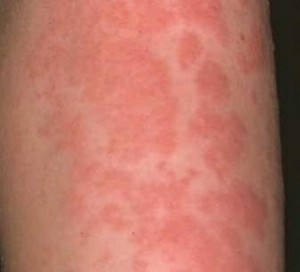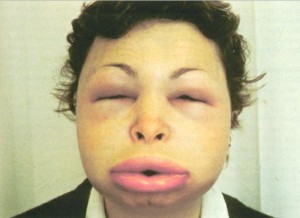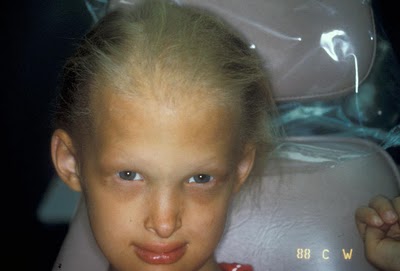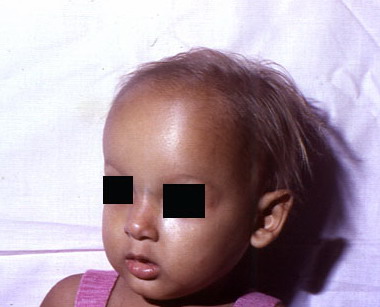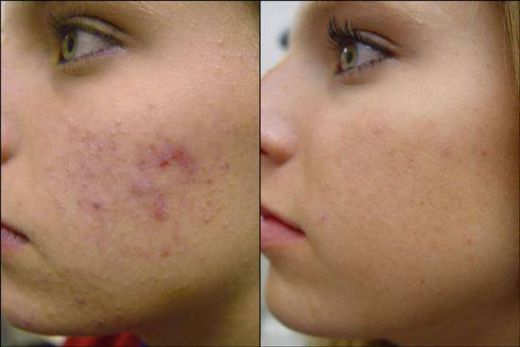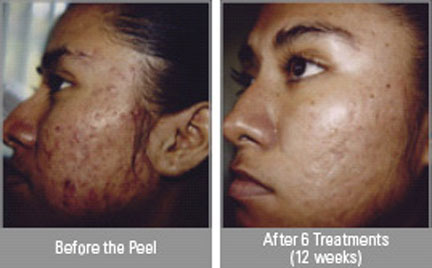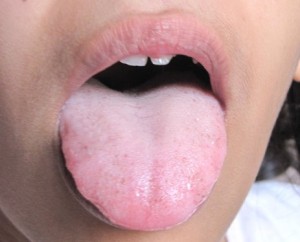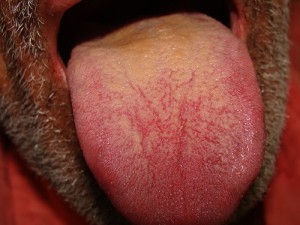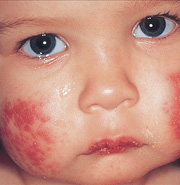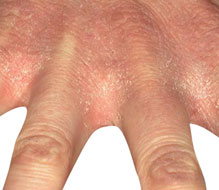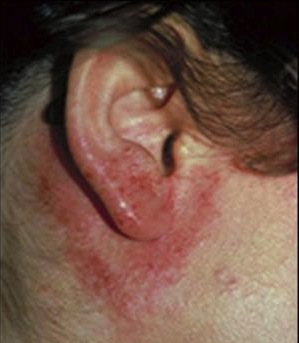Polymyalgia Rheumatica – Symptoms, Diet, Treatment, Causes, Diagnosis
What is Polymyalgia Rheumatica?
Polymyalgia Rheumatica, which has an acronym of PMR, is a condition categorized as inflammatory. It is a form of a rheumatic disease linked to stiffness in the shoulder, neck and hip area as well as muscular pain. According to statistics, Polymyalgia Rheumatica affects mostly the elderly and white people. Most often, those who are 65 years old and above are the ones who are inflicted with Polymyalgia Rheumatica. In addition to that, women also reportedly suffer from Polymyalgia Rheumatica more than men.
Polymyalgia Rheumatica Symptoms
Those who suffer from Polymyalgia Rheumatica manifest and report symptoms of painful and severe stiffness upon waking up in the morning and also at night. Most often, the pain and stiffness occurs in the thigh and shoulder. In addition to that, Polymyalgia Rheumatica strikes without prior notice and also appear after illness suhc as the flu.
There are various symptoms that are linked to Polymyalgia Rheumatica. These symptoms include:
- Mild, low-grade fever
- Anemia
- Fatigue
- Poor appetite
- Stiffness
- Headache
- Blurring of vision
- Pain in the muscles
- Depression
- Weight loss
- Limited range of motion
- Edematous distal extremity
- Having difficulty sleeping
- Temporal arteritis
- Synovitis or joint inflammation

Neck Pain as a Common Symptom of Polymyalgia Rheumatica
According to studies conducted, persons who suffer from temporal arteritis also have a condition called Polymyalgia Rheumatica and vice versa. Aside from that, those who suffer from Polymyalgia Rheumatica also experience inflammation in their joint area. The classical sign of the Polymyalgia Rheumatica is both stiffness and pain in the muscular region or area.
Polymyalgia Rheumatica Causes
The cause of Polymyalgia Rheumatica is unknown. There has been no evidence of the presence of any toxin or agent that is infectious in nature. The classical signs of Polymyalgia Rheumatica are stiffness and pain which is brought about by the inflammatory process of the body. In, persons suffering from Polymyalgia Rheumatica, the inflammation process is concentrated to the joint tissue area.
According to research, there are a lot of causes or etiological factors, such as:
- Factors that involves the environment
According to research, the contributing factor may be brought about by the presence of an infectious disease. The presence of a contagious viral diseases may be consistent with new cases of Polymyalgia Rheumatica.
- Factors that involve genetics
Studies have shown that genes may play a great factor in Polymyalgia Rheumatica. Having a pattern of this disease in the family medical history proves to be evidence that suggests that there is indeed an inheritance influence.
- Persons with HLA-DR4
HLA-DR4 is a kind of human leukocyte antigen which has a high risk of the getting Polymyalgia Rheumatica.
- Persons with Giant Cell Arteritis
Polymyalgia Rheumatica also is present in persons affected with Giant Cell Arteritis and vice versa. This kind of condition leads to arterial inflammation.
Polymyalgia Rheumatica Diagnosis
Polymyalgia Rheumatica has no specific and confirmative diagnostic examination. The diagnostic examination given to persons who are suspected of having Polymyalgia Rheumatica will be given a diagnostic examination based on the factors that the person manifests. The diagnostic tests that the person undergoes are the following:
- Physical examination
- Medical historical examination
- Blood examination such as complete blood test which will check for the presence of inflammation
- Biopsy examination of the temple arteries which will check for the presence of giant cell arteritis
- Plasma viscosity examination
- C-reactive protein or CRP examination
- Erythrocyte sedimentation rate or ESR examination
- X-ray examination of hips and shoulders
- Ultrasound examination of hips and shoulders
Polymyalgia Rheumatica Treatment
Persons who suffer from Polymyalgia Rheumatica are given the following suggested treatment options:
Physical therapy
This is an important treatment therapy that is done for the person to regain his or her strength as well as coordination. There is a need for the person with Polymyalgia Rheumatica to be able to undergo physical therapy to be able to perform his or her day to day tasks after being stagnant for a long period..
Medical therapy
Medical therapy is prescribed to persons suffering from Polymyalgia Rheumatica. The medications that are usually prescribed are as follows:
Corticosteroids
Corticosteroid, which is otherwise called glucocorticoid, is a drug classification and the best choice in treating persons suffering from Polymyalgia Rheumatica. The example of medication that belongs to this kind of drug classification is prednisone which is the ideal drug for persons who are inflicted with Polymyalgia Rheumatica. A low dosage of prednisone is given during the initial treatment phase.
Analgesics
The analgesics given to persons with Polymyalgia Rheumatica belong to the classification named NSAIDs or non-steroidal anti-inflammatory drugs like ibuprofen. It relieves the stiffness as well as the pain associated with Polymyalgia Rheumatica.
Bisphosphonates
An example of Bisphosphonates includes alendronate and risedronate which will aid in the prevention of the person to experience osteoporosis.
Polymyalgia Rheumatica Prognosis
The prognosis or outlook for persons that suffer from Polymyalgia Rheumatica is good. Polymyalgia Rheumatica will resolve after a few years time with the right treatment. Other persons suffering from Polymyalgia Rheumatica may also be relieved of this condition even without undergoing treatment. The treatment mentioned above will only aid in the control of the progression of the disease condition.
Polymyalgia Rheumatica Complications
Persons who suffer from Polymyalgia Rheumatica are at risk of the following complications:
- Depression
- Gastrointestinal bleeding due to intake of corticosteroid drugs
- Temporal arteritis
- Poor self esteem
- Physical inactivity
Hence, one must take note of the complication of Polymyalgia Rheumatica.
